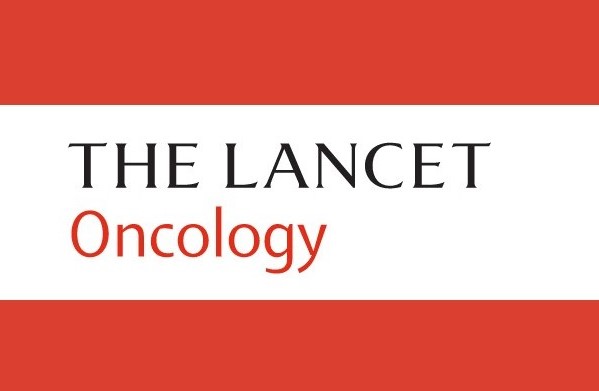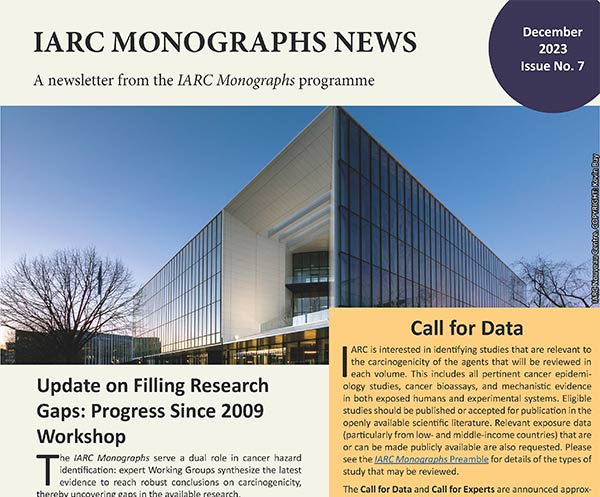More
8 April 2022
Volume 131: Cobalt, antimony compounds, and weapons-grade tungsten alloy
We are pleased to announce that the results of the recent IARC Monographs evaluation of the carcinogenicity of nine agents, including cobalt metal (without tungsten carbide or other metal alloys), soluble cobalt(II) salts, cobalt(II) oxide, cobalt(II,III) oxide, cobalt(II) sulfide, other cobalt(II) compounds, trivalent antimony, pentavalent antimony, and weapons-grade tungsten (with nickel and cobalt) alloy, have now been published in The Lancet Oncology.
Two of these agents – pentavalent antimony and weapons-grade tungsten (with nickel and cobalt) alloy – were evaluated by the Working Group for the first time.
Antimony is used in flame retardants, lead–acid batteries, lead alloys, plastics, brake pads, clutch discs, glass and ceramics, and as an ammunition primer in explosives. Some pentavalent antimony compounds are used in the treatment of leishmaniasis. Cobalt is used in the manufacture of cutting and grinding tools, in pigments and paints, coloured glass, medical implants, electroplating, and increasingly in lithium-ion battery production. Weapons-grade tungsten alloys (tungsten, 91–93%; nickel, 3–5%; and cobalt, 2–4%) are used in armour-penetrating munitions. Military personnel and civilians can be exposed to metal aerosols generated during firing or impact, or after injury with retained embedded munitions fragments.
For all agents, exposures are expected to be higher in occupational situations than in the general population.
The Working Group classified trivalent antimony as probably carcinogenic to humans (Group 2A) on the basis of limited evidence of carcinogenicity in humans, sufficient evidence of carcinogenicity in experimental animals, and strong mechanistic evidence in human primary cells and in experimental systems. Cobalt metal and soluble cobalt(II) salts were classified as probably carcinogenic to humans (Group 2A) on the basis of sufficient evidence in experimental animals and strong mechanistic evidence in human primary cells. Cobalt(II) oxide and weapons-grade tungsten alloy were classified as possibly carcinogenic to humans (Group 2B) on the basis of sufficient evidence in experimental animals. Cobalt(II,III) oxide, cobalt(II) sulfide, other cobalt(II) compounds, and pentavalent antimony were each evaluated as not classifiable as to its carcinogenicity to humans (Group 3).
Read the article
Read the Q&A
View the infographic
Other news

Advisory Group recommendations on priorities for the IARC Monographs
We are pleased to announce that the results of the recent meeting of the Advisory Group to Recomm...
12.04.2024
Read more

Meeting 138 “Automotive gasoline and some oxygenated additives” is announced
We are pleased to announce IARC Monographs Meeting 138: Automotive gasoline and some oxygenated a...
12.01.2024
Read more

IARC Monographs Newsletter Issue No. 7
We are pleased to announce the publication of the seventh issue of the IARC Monographs newsletter...
04.12.2023
Read more